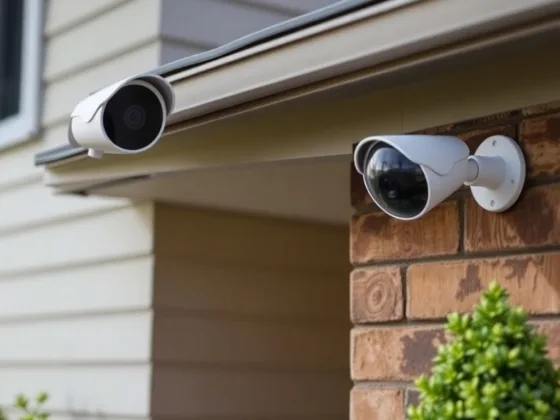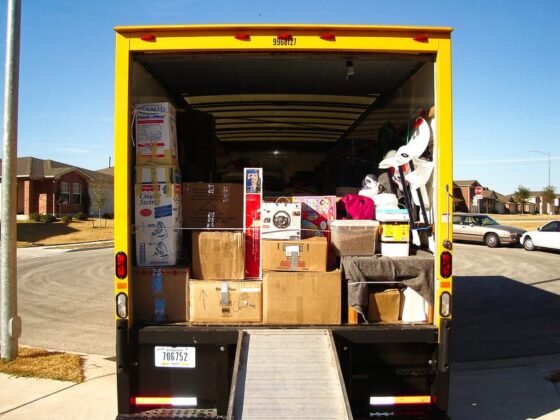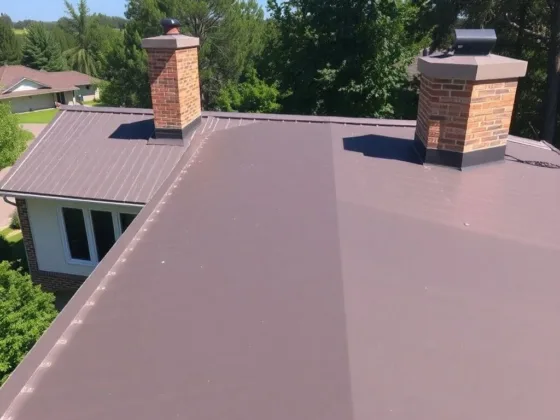Table of Contents Show
Whether you are thinking of reconstruction or leaving the land bare, demolition is the first step you have to take.
It is a quick process that can be achieved within a short period, primarily a day or two. However, this process can get complicated quickly without proper planning.
Proper planning includes things like finding the right contractor, picking the correct tools, among others.
Therefore, with appropriate planning, demolition becomes a piece of cake. there are demolition companies in Melbourne that assist in this process and make it relatively easier.

The Following are the Steps That You Should Consider Before Demolishing Your Home.
1. Determining the Method of Demolition
There are a couple of methods that you can use to demolish a home. However, before picking any, you should do your research to know the appropriate way to meet your expectations and budget. Methods of demolition available include;
Deconstruction Method
The deconstruction method is a manual method that allows you to reuse a large percentage of your materials. Although, it takes a more extended period to complete.
Mechanical Method
The mechanical method is the most preferred. It uses machines like excavators that break the house down and take a shorter time than the deconstruction method.
Saving on time comes with its costs as this method can cost from 4000 to 14000 dollars.
A Combination of Mechanical and Deconstruction Methods
Combining the two methods is the most efficient as it allows you to save on time and save some of your building materials.
2. Getting a Qualified Contractor to do The Job
After identifying the method of demolition, you need to get a suitable contractor to do the job. Fortunately, there is a trusted team of experts that are convenient to collaborate with in order to minimize additional tasks like this – you may directly contact them or visit their website on their services offered.
One that is licensed and insured. In this stage, you can use seek plant services to find a qualified contractor.
The contractor will then come and view the site and advise appropriately. In addition to that, they can even help you choose the best method for demolition based on your goals.
Their suggestion can be the most appropriate because of the experience they have in this sector.
3. Sorting out Legal Issues
Every state and county has building permits which are the rules and guidelines for building and demolition.
These rules could be related to notifying people of the demolition, any noise resulting from the demolition, and means of recycling waste products.
Your contractor should be well versed with these rules and able to deal with all the legal work on your behalf.
There can also be paperwork that includes proof of ownership of the house to be demolished. You should arrange with your contractor to finish all the paperwork before they start demolition.
Read Also:
4. Dealing with your Neighbors
Before starting the demolition process, you should inform your neighbors of the noise and dust that will interfere with their activities.
Telling them beforehand makes them understand so that they don’t take any action against you.
5. Clearing your Property of Any Animals and Trees
Any trees around your home that may come in the way of the demolition process should be removed or trimmed to prevent any interruptions once you begin your work. Remove any animals to avoid injuries.
6. Disconnecting Active Services
Before demolition starts, you should disconnect things like gas, electricity, and water to prevent disasters.
If demolition starts before these services are disconnected, any disaster that will occur will affect not only you but also your neighbors.
7. Removing Any Remaining Harmful Materials
Things like asbestos, mold, rotten wood, and lead paint can interfere with the demolition exercise and should be removed.
It would help if you took measures to put the asbestos to the side. Other obstacles like lead paint, rotten wood, and mold should also be dealt with so that once demolition starts, it runs smoothly.
8. Collect Salvageable Items
You should arrange with your contractor to remove any salvable items. You can save some money by finding volunteers willing to help you remove those items. You can then either donate, sell or reuse salvaged items.
9. Have a Backup Plan
A backup plan will allow your operations to move smoothly in the event of any inconveniences.
In case of any disruptions, you will not need to get money elsewhere to fix the situation because of your backup plan.
10. Prepare for Your Next Step
Planning for your net step with the piece of land as soon as demolition is done is crucial as it allows you to avoid any hustle after destruction.
In conclusion, demolition is a thorough and expensive process, so you must carefully think about every step before you start working.









